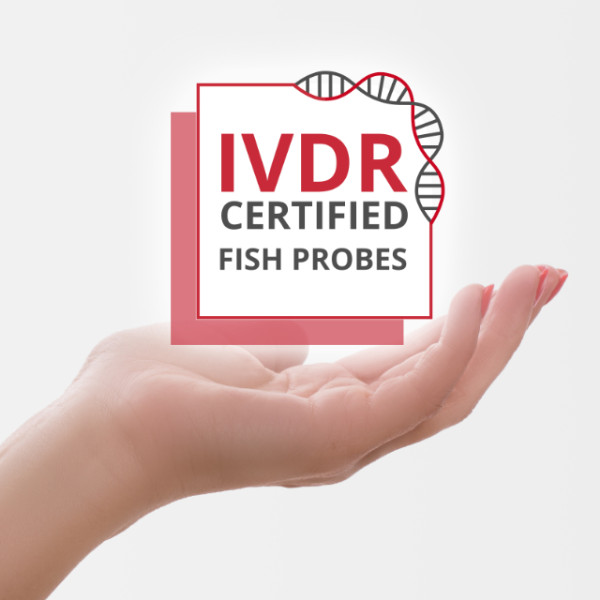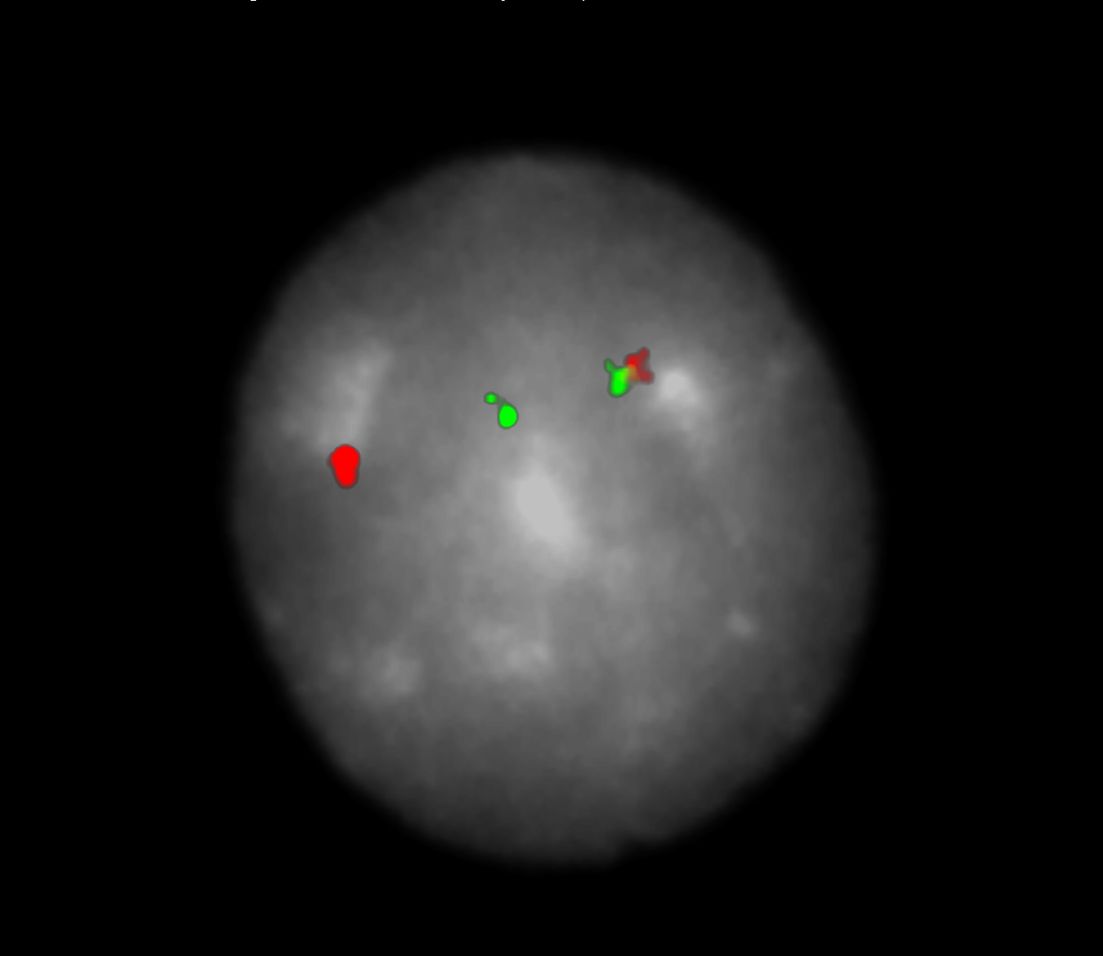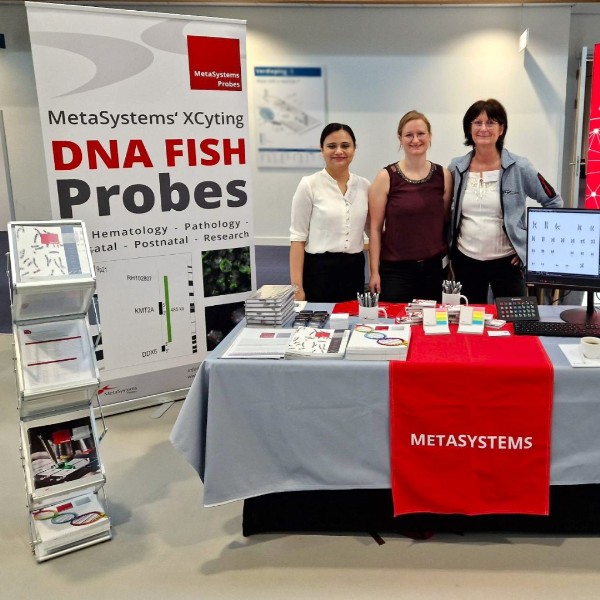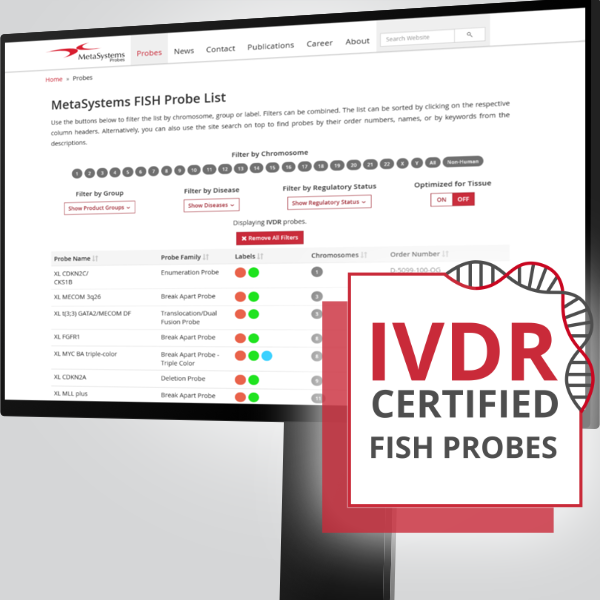The gene TCL1A (TCL1 family AKT coactivator A, previously known as T-cell leukaemia/lymphoma 1A), has been described first in the early 1990s. It belongs to the TCL1 gene family including TCL1A (14q32.13), TCL1B (14q32.13) and MTCP1 (Xq28). Physiologically, the TCL1-encoded protein is expressed in fetal tissues and during early developmental stages of lymphocytes. It regulates many proteins responsible for cellular proliferation, survival and epigenetic modifications through multiple signalling pathways.
Dysregulated TCL1 expression levels have been detected in chronic lymphocytic leukaemia (CLL), various lymphomas and in T-cell prolymphocytic leukaemia (T-PLL). In T-cells, TCL1 dysregulation is caused by chromosomal rearrangement events bringing TCL1 under the control of T-cell receptor (TCR) enhancer elements. Two distinct breakpoint clusters have been described, which are located on both sides of a 160kb region flanking the TCL1A/TCL1B/TCL6 gene cluster. The rearrangements leading to TCL1A translocations with TCRα/TCRδ and TCRβ gene loci have been characterized precisely. The underlying chromosomal rearrangements are inv(14)(q11q32), being the most common aberration, t(14;14)(q11;q32.1) and t(7;14)(q35;q32.1). Phage display technology- and structure-based drug design approaches are used to target TCL1, due to its major role in the activation of different survival and proliferation maintaining pathways.
Clinical Applications
- T-Cell Prolymphocytic Leukemia (T-PLL)











